|
Fuji TW-3 |

Manufactured or assembled in Japan from 1985 to (After) 1985.
Index of rarity in France: Rare (among non-specialized garage sales)
Inventory number: 14769
See the complete technical specifications
Chronology of cameras Fuji
The Fuji TW-3 is a small compact camera designed for the general public. Despite its slim profile, it boasts many features and is more refined than one might initially think. However, it did not achieve commercial success.
Here are its distinctive features:
The 18 x 24 mm format – 72 photos on a 135 film – is not very rare, but here the film moves vertically. This default setting allows for horizontal framing, unlike many other 18 x 24 cameras.
The camera has two lenses instead of a zoom: a wide-angle (equivalent to 33 mm) and a small telephoto (equivalent to 100 mm). Rotating the front disk selects the Tele lens (red dot on the right side of the disk) or the Wide Angle lens (red dot on the left side), while simultaneously powering on the camera. When both red dots are aligned at the top, the camera is turned off.
The two lithium batteries are soldered in place; their replacement was supposed to be done through dealerships after at least five years. In practice, these batteries are durable. This TW-3 specimen still had its original batteries, 38 years old, and they still provided enough power for the film advance motor – at least when empty – although they couldn't charge the flash.
The built-in flash automatically pops up when selecting the wide-angle and triggers in low-light conditions.
However, the most peculiar feature is the Pre-winding system: when loading a film, the camera's electric motor completely winds the film onto the receiving spool. Then, after each shot, the film winds back into the cartridge. A double advantage is announced: since the film has been completely unwound, the camera indicates the exact number of remaining photos, and in case of accidental opening of the camera back, the photos already taken are safely stored in the cartridge.
Finally, among the less common functions, the TW-3 has two discreet buttons on the front, one for adapting to photographing TV screens (at the time of cathode ray tubes, screen scanning often caused horizontal stripes in the photo), and the other – more conventional – for backlit shots. Plus a Burst mode controlled by a small button next to the shutter.
Just below the viewfinder, visible on the periphery of the photographer's field of view, three small LEDs light up to indicate underexposure, flash charge, or burst mode.


DL stands for Drop-in Loading. It's a Fuji exclusive feature that simplifies the process of loading a new film into the brand's cameras. The film is placed in the camera after pulling out a bit of the leader, and then the back of the camera is closed. The film is automatically fed until the first frame.
This function is often associated with prewinding, meaning that when a new film is inserted, it is fully taken out of its cartridge and stored in a compartment. The film is gradually reintegrated into its cartridge after each shot. In case of accidental opening of the camera, the already exposed part of the film is always protected. At the end of the film, there is no need for rewinding since it is already in the cartridge. One can simply open the camera without fear of accidents.
In the early 1980s, Fuji filed numerous patents related to the loading process from both mechanical and electronic perspectives. One complexity involved the length of the leader extending from the film cartridge. In a typical film loading process, the user must slightly pull out the film, insert the tab into the receiving spool's slot, and correctly align the film perforations with the sprockets. The Drop-in Loading system eliminates all of these steps. Various solutions were considered, such as placing the cartridge in the back of the camera, loading from the bottom (similar to Leica), etc.
Fuji Photo Film Co. Ltd. filed a trademark application for DROP IN LOADING on November 12, 1982. It expired less than two years later.
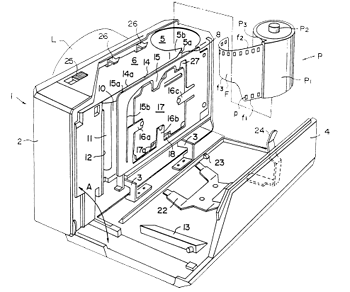 |
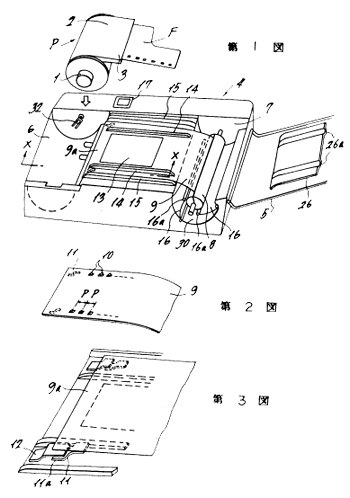 |
| Patent No. JPS5868730 relates to the film guiding in easy loading and was issued in 1983. | Patent No. JPS57169736 pertains to the easy loading system and was granted in 1982. |
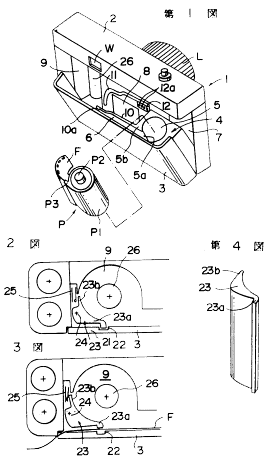 |
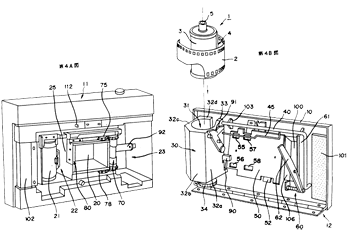 |
| Patent No. JPS57201221 is associated with the easy loading system and was granted in 1982. | Patent No. JPS5870218 is related to loading in the back and was granted in 1983. |
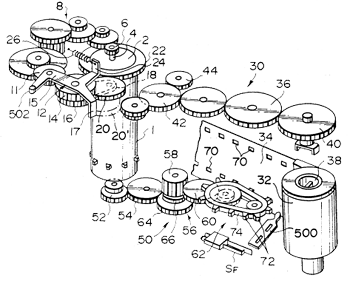 |
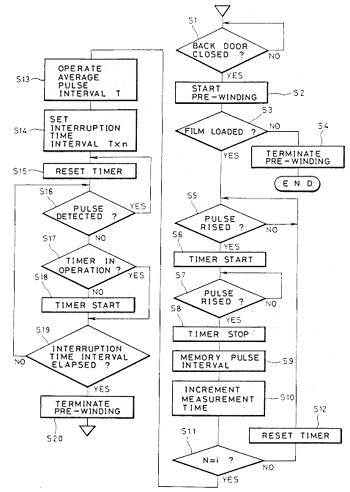 |
| Patent No. US4586801, granted in 1986, is associated with the prewinding process. | Patent No. US4885599 Algorithm for Pre-winding (1989) |
The patents related to prewinding are subsequent to those for the facilitated loading by a few years.
Interesting links or bibliography :
| Le mode d'emploi chez Butkus, suggested by Sylvain Halgand |
Add a link or element of bibliography, a picture taken with this camera, a picture of box or an ads about this camera
Your photos taken with the same camera:
Cameras from Ebay France (Fuji) (Uploaded each 3 hours)








